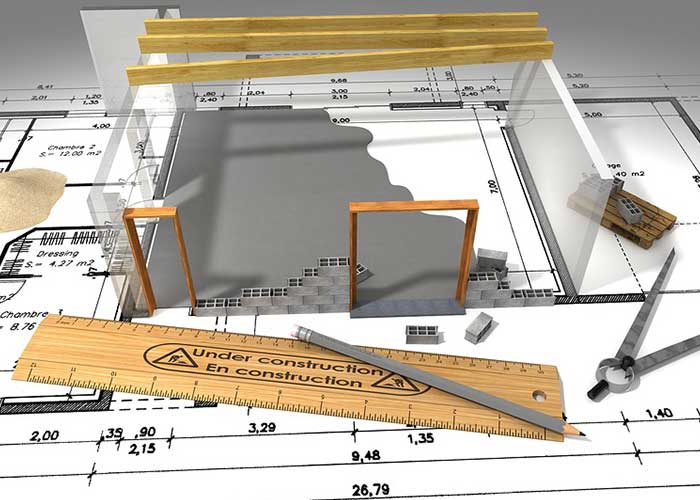As a project manager, you must be careful that the ten-year guarantee appears on the contract of works or construction companies. Whether you are a private individual or a construction professional, real estate agent, you must not ignore the law on this subject. Some modifications took place in 2016, and only the Spinetta law is not valid as it is, it must be supplemented by the Hamon and Macron law. All trades related to the site must be insured and show the information relating to this ten-year guarantee, which must be included in the contract binding the trade to the main contractor of the works.
Summary
What is a ten-year guarantee?
A ten-year guarantee is a insurance taken out by building professionals, all trades included. This guarantee lasts 10 years from the delivery of the property to its recipient: builder, individual, etc. It must cover all poor workmanship, damage, hidden defects, accidents that may occur on the property, during its construction and at the level of the property and its occupants for 10 years from the handing over of the keys to the project manager. You can find out more by going to the garantie-decennale.com website. The ten-year guarantee must be listed on the building construction contract before the first pickaxe is made. No work should be able to be started without the presentation of this guarantee and approved by the project manager.
If before January 4, 1978, it took a long time to determine the ins and outs of each prejudice, damage, disaster and obtain compensation, for a property under construction or less than 10 years old, thanks to the Spinetta law, the deadlines have been greatly shortened. Indeed the so-called « Spinetta » law dating from January 4, 1978 and bearing the article number 1792 and following, of law 78-12 of the civil code, entered into force on January 1, 1979.
This law had many advantages for the prime contractor or the owner of the property but did not require transparency in terms of insurance on the contract by the large construction companies. Only micro-enterprises and SMEs had to provide all the contractual information for the ten-year guarantee.
Since March 18, 2014, the entry into force of the Hamon law, all construction contracts had to stipulate the information of the ten-year guarantee. But this article of law has been drowned in the mass of insurance changes and largely ignored, more or less voluntarily, by construction and public works professionals in particular. The Macron law returned to this point in 2015, but it was not until January 5, 2016 that the decree became official. Since this date, there is no longer any way to present a construction contract without all the data of the ten-year guarantee. This reassures all parties.
Who is concerned ?
All building tradesfrom small to large companies, must present the ten-year guarantee in detail on the contract which commits them to participation in the work: architect, mason, plasterer, electrician, tiler, plumber, carpenter, roofer, carpenter, painter , waterproofing, glazier, swimming pool specialist, landscaper and gardener, veranda fitter… but also marble workers, gravediggers, locksmiths, facade workers, earthworks and roads, demolition, asbestos removal, surveyors, lift designers…
Whatever the trade, whether working in a group or alone, everyone must be able to present the mandatory guarantees, visible and clearly readable by the project manager or the client.
What are the mandatory guarantees?
A list of guarantees to be included in the contract:
- The name and address of the insured as well as his profession.
- The Siret number of the professional as an individual or that of the company (Siren).
- The name and address of the insurer or its branch.
- The contract number.
- The period of validity.
- The date on which the certification was made.
Then there are particularities depending on the contracts, such as the number of workers on site, with more or less long periods of presence and more or less significant interventions. They must all be listed on their respective contracts and brought together in a single contract, that of the manufacturer.
How to terminate a ten-year guarantee contract?
It is not no longer possible to call on a company that has not taken out a ten-year guarantee because it must imperatively be included in the construction or works contract.
As a company, you can, thanks to the Hamon law, terminate your ten-year insurance contract whenever you want. But, if you have a construction site in progress, you must have taken out another ten-year guarantee with a competing insurer and present it. If this change of insurer occurs during construction, an amendment to the construction contract must provide all the legal and mandatory information concerning this new guarantee.




